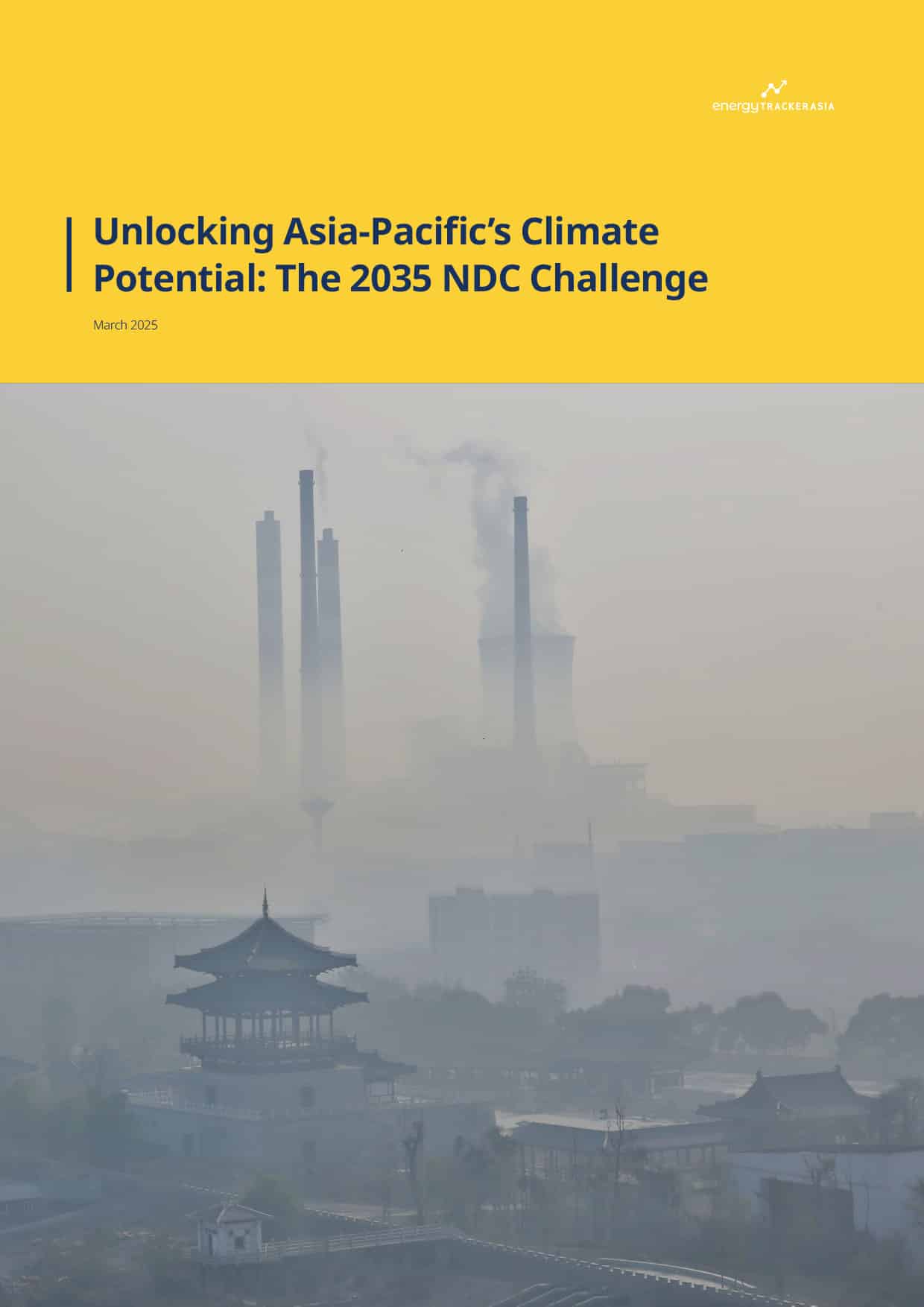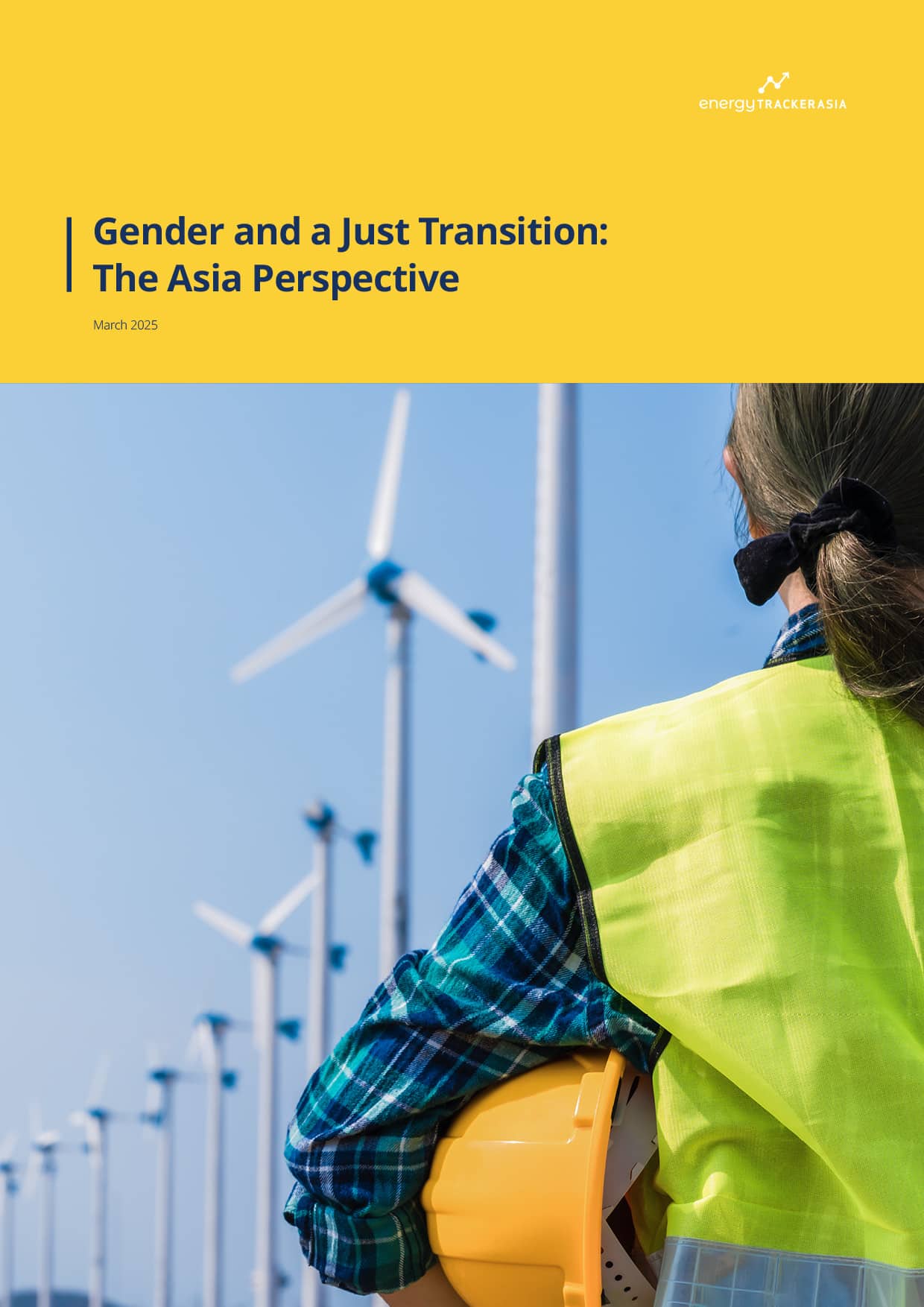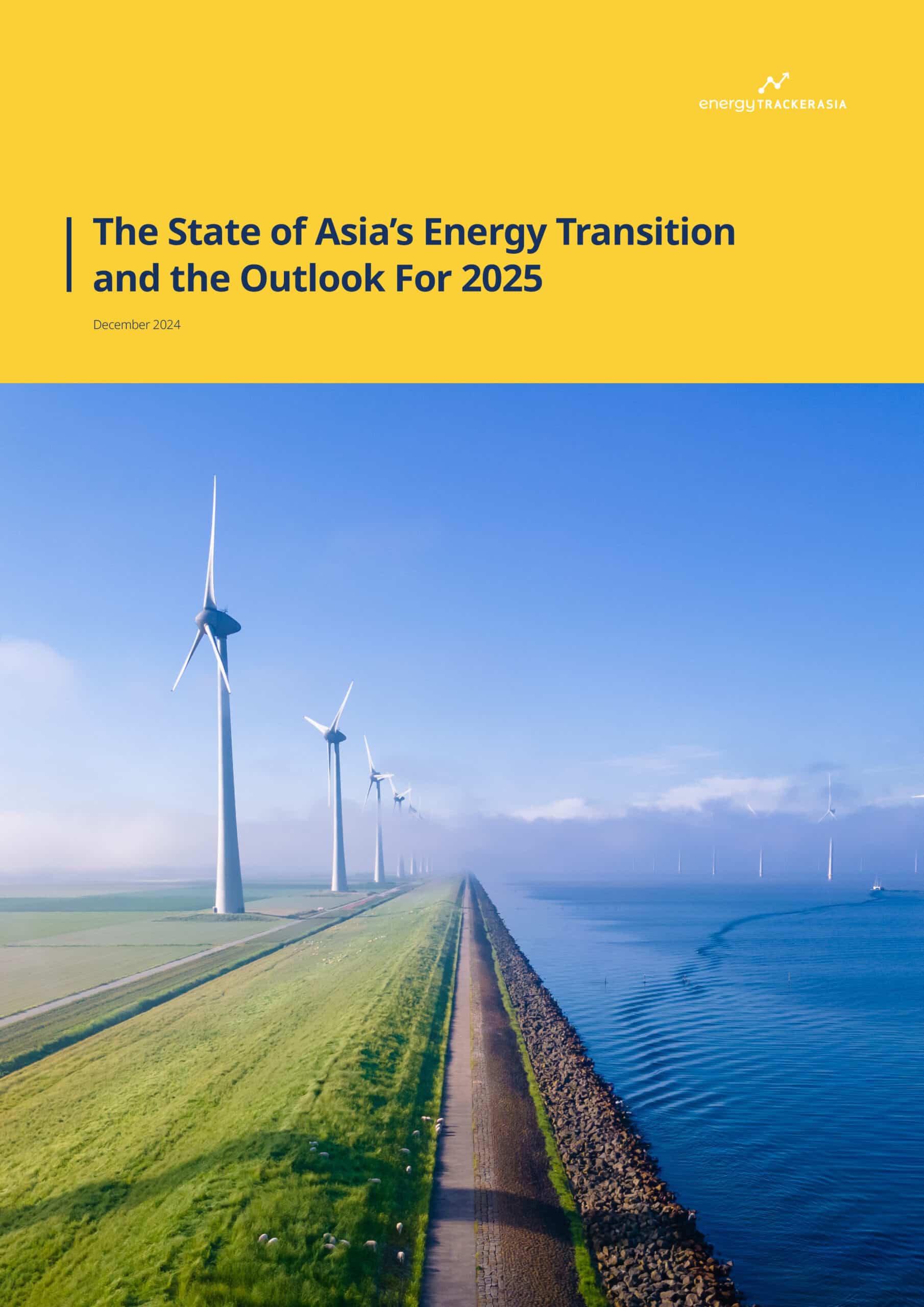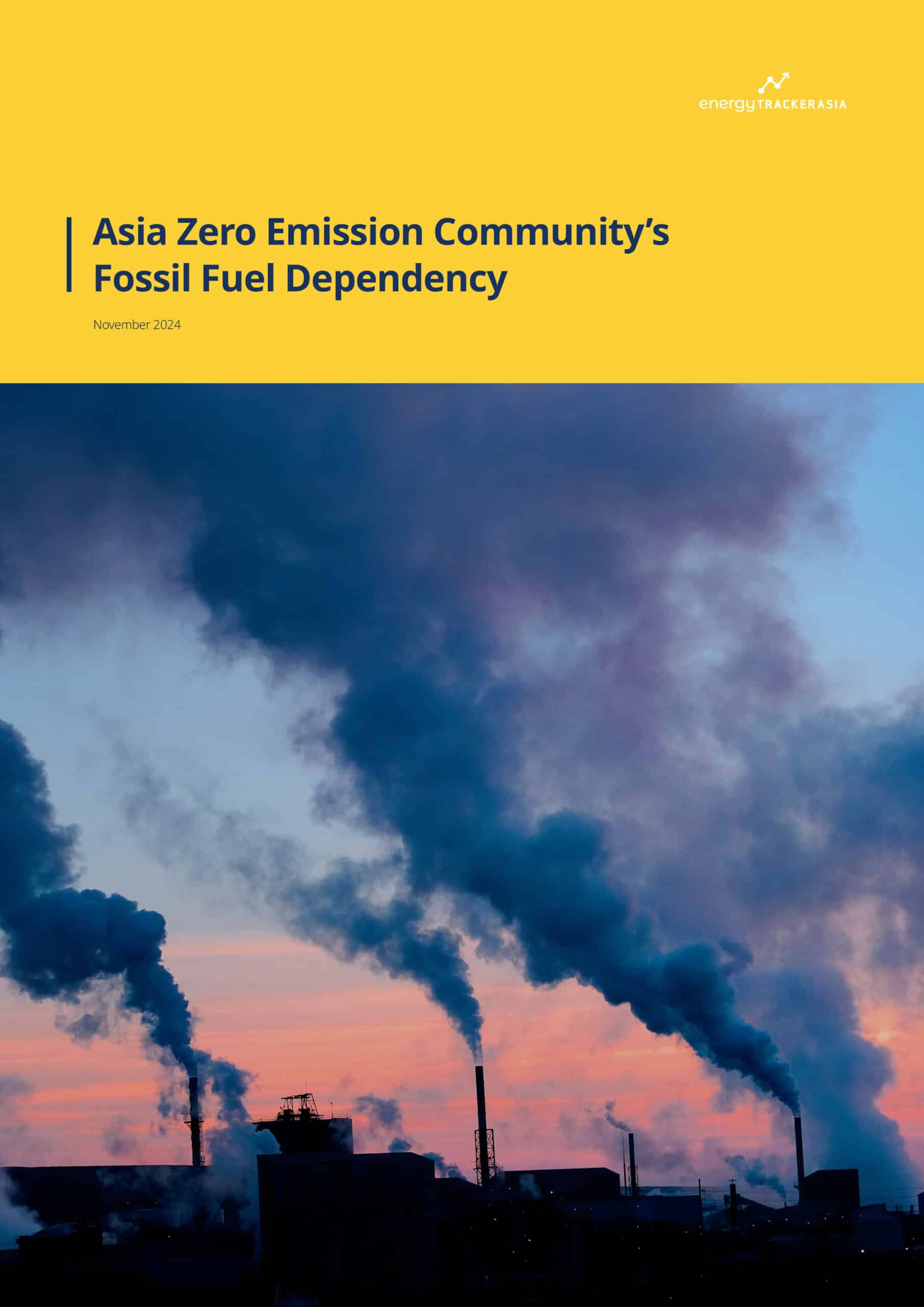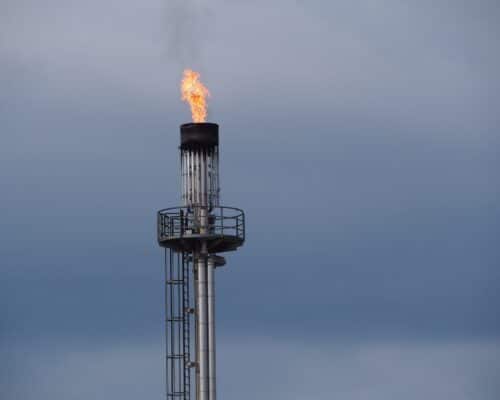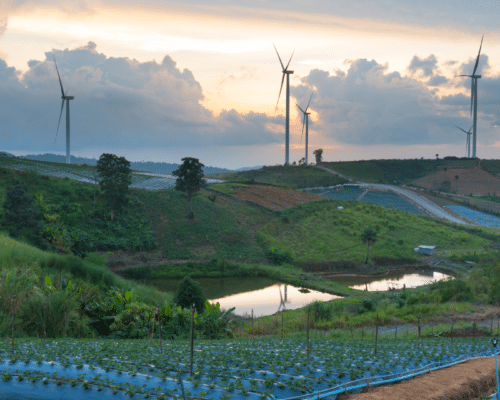Australian Election 2025: What it Means for Climate Change and Energy
07 May 2025 – by Viktor Tachev
Australian voters defied expert projections in Australia Elections 2025, granting a vote of confidence to Anthony Albanese and his Labor Party in the election on May 3. The domestic renewable energy industry congratulated the Labor Party on its decisive and historic victory — a strong signal that one of the countries most important to the global efforts to slow down climate change is now actively looking toward decarbonisation.
Labor Party Win the 2025 Australian Federal Election Convincingly
The 2025 federal elections in Australia, the first in which younger generations outnumbered baby boomer voters, concluded with a landslide victory for the Labor Party. While vote counting continues at the time of writing, experts are certain Anthony Albanese will become the first prime minister to win back-to-back elections in over 20 years. On the other hand, the thumping defeat means the leader of the Liberal-National coalition, Peter Dutton, is losing his own seat after 24 years.
In the lead-up to the elections, Albanese was broadly seen as the underdog, with poll numbers progressively declining. Furthermore, Dutton started his campaign a year in advance, allowing him to make some ground earlier and remain the likely winner in the pre-election surveys.
While Albanese’s win might have defied all projections, there is a logical explanation behind the results, and it is rooted over 14,000 kilometres away. Experts have described his opponent, Peter Dutton, as Australia’s own Trump. According to a Resolve Strategic poll from April 14th, 33% of respondents said they were less likely to vote for Dutton because of their views about Trump. And while he was long projected to be the winner, the developments over the early months of President Trump at the helm of the US and the resulting international uncertainty and trade wars have swayed voters away from the conservative party’s proposals for drastic changes. Instead, they inspired them to opt for stability. Less than a week before the Australian elections, a similar thing happened in Canada.
“Today’s election result shows that Australians have comprehensively rejected the Coalition’s Trumpist agenda of climate and nature destruction and its plan to force dangerous nuclear on communities,” says David Ritter, CEO at Greenpeace Australia Pacific.
What the Australian Elections Results Mean For Energy and the Fight Against Climate Change
For decades, Australia remained among the strongest fossil fuel proponents, domestically and internationally. According to estimates, it had the highest emissions per capita as of 2023.
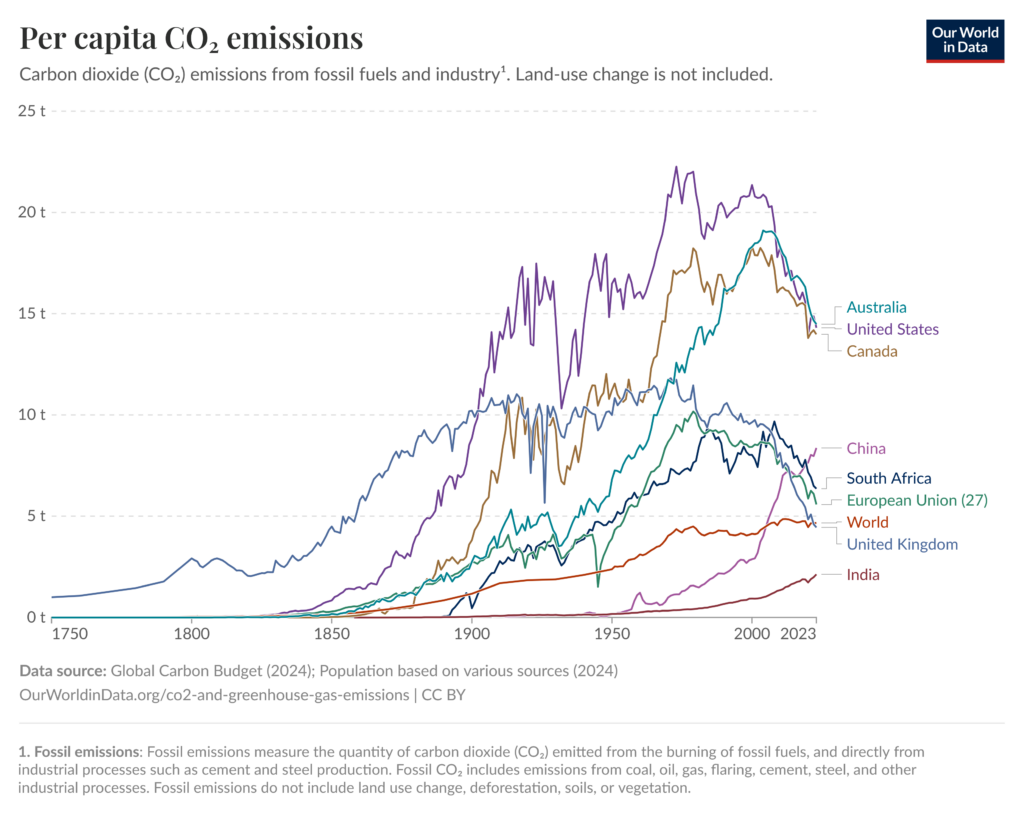
Ember identifies Australia and South Korea as the G20’s top coal polluters per capita, with the two countries emitting over three times the world average and more than two times the G20’s average.
Climate Action Tracker notes that emissions from the energy, industry, agriculture and waste sectors fail to decline due to the long-standing fossil fuel support from the Australian government. According to the group, the continued support for the local fossil fuel industry undermines any serious attempt at contributing a fair share to addressing climate change and has practically “embedded” the role of fossil fuels in Australia’s domestic energy stage for the decades ahead.
Furthermore, it ranked second in the global list of both — coal and gas exporters in 2024. In total, coal accounts for three-quarters of the nation’s total exports. Furthermore, Australia actively sells vast quantities of coal and gas to Asian countries.
In the lead-up to the elections, political and energy experts warned that the Peter Dutton-led Coalition would take Australia aggressively backwards in dealing with the climate crisis.
According to Carbon Brief, Australia’s richest citizen, Gina Rinehart, a friend of Donald Trump and a supporter of climate sceptic groups, makes her fortune from coal mining. Her company, Hancock Prospecting, was the Coalition’s second-largest donor.
While the Coalition claimed it wanted Australia to reach net-zero emissions by 2050, among Dutton’s priorities were gutting emissions reduction plans and green industry strategies, and stripping back already limited funding for environment programs, similar to the Trump administration’s assault on US environment agencies, research and clean energy programs. Cutting the tax breaks on EVs and green technologies, as well as slowing the rollout of large-scale solar and wind farms and batteries were also among the proposed ideas.
The Coalition’s main plan for the energy industry was to boost coal and gas-fired power for the next two decades, and lift the ban on nuclear power, although a detailed strategy on how this would work was generally lacking. According to some studies, Dutton’s plan to support nuclear energy could have put the country on a path consistent with 2.6°C of global warming.
The Priorities of the Labor Party and Anthony Albanese: Clean Energy and Climate Change in the Spotlight
While most climate voters hoped for the Greens and community-backed independent candidates, funded by the Climate 200 fundraising body, to have demonstrated stronger results, they look likely to retain and not grow the number of seats. According to the Climate Council Australia, the Australian Greens are likely to help provide a path to pass stronger climate laws through the upper house.
While Albanese’s win means Australia is likely to shy away from the Greens’ policies to completely stop new coal and gas projects and end fossil fuel subsidies, it is a way better outcome for those concerned about climate than a potential Dutton-led government.
During Albanese’s first term, Australia started accelerating the nation’s clean energy transition via a range of policies, including the Capacity Investment Scheme, continued emphasis on green manufacturing through the Future Made in Australia Fund and advancing the electricity network upgrades. According to Carbon Brief, the Labor Party attempted to fix Australia’s “climate laggard” reputation by setting a legal net-zero target and approving a record number of renewable energy projects. The government even declared an ambition to lure “tens of billions of dollars” in renewables investment from the US after Trump’s election.
According to Kane Thornton, chief executive of Australia’s Clean Energy Council, the re-election of the Albanese Government would provide the continuation of the current strong and effective policies to underpin new investment in clean energy and deliver lower power prices for all Australians.
“This was an energy referendum. Australians backed a bright, clean, renewable energy future and endorsed the progress that has already been made,” notes Amanda McKenzie, CEO of Climate Council.
In his post-victory speech, Albanese highlighted the cost of living, health care, energy and climate change as key priorities. The prime minister vowed to do more to address climate change and protect the environment.
While Albanese has faced strong criticism over the approvals of new coal and gas projects during his first term, experts consider the Labor party’s general passiveness over climate issues in the past was a result of the risk of losing votes due to the circulating media agenda that addressing climate change would wreck the economy. While gas expansion is likely to continue now that Albanese is back in charge — and with strong support — he also reiterated his determination to address the climate crisis and recognised the economic importance of renewable energy.
The Labor Party plans to introduce a 2035 emissions reduction target by September, with early reports suggesting a likely 65-75% target below 2005 levels, which is consistent with a minimal or low overshoot as per the IPCC’s 1.5°C scenario. The pledge would be a watershed moment, indicating whether the government would walk the talk. It would also signal what the course would be for Australia’s growing fossil fuel exports.
According to reports, Albanese’s team had started working on net-zero and sector-specific decarbonisation plans before the Australian elections. Furthermore, the government is developing a national climate risk assessment and adaptation strategy, as well as analysing the climate crisis as a threat to national security. Labor has also recommitted to its ambitious 82% renewable target for the National Electricity Market by 2030 and prioritised transmission buildout — a major barrier to Australia’s clean energy expansion. The leadership also aims to launch the Cheaper Home Batteries Program in July 2025 to provide subsidies covering up to 30% of a home battery system’s cost and encourage 1 million home batteries by 2030.
“This election result means Australia is staying the course on climate action. Its clean energy transition is well underway, with wind, solar and storage steadily replacing coal-fired power. The returned Albanese government will aim for clean energy to provide more than 80% of power by 2030,” says Dr. Wesley Morgan, research associate at the Institute for Climate Risk & Response at the University of New South Wales. “There’s no turning back now.”
The Following Months To Reveal if the Optimism is Justified
All the indications signal that Australia is ready to embrace a more ambitious journey toward decarbonisation, which would be a major boost for clean energy investors, developers and system planners. Considering the country’s emissions intensity and its role as a leading fossil fuel exporter, what happened on May 3 can prove a step in the right direction for the global decarbonisation progress and efforts to tame the climate crisis.
A telling sign of whether the government will walk the talk is the targets in the updated NDC, which will face pressure to demonstrate a notable increase from the current 43% emission reduction by 2030. Importantly, in the mission to wean the country off its status as one of the world’s largest exporters of fossil fuels, the Labor government would have to address its policies for the approval of new coal and gas projects, which have previously fuelled disappointment among environmental groups and Pacific neighbours.
It is also imperative for the government to address the worsening environmental problems and biodiversity crisis — issues it has been accused of ignoring in the past. Australia, one of the 17 “megadiverse” countries, is home to some of Earth’s rarest, unique and abundant wildlife. However, it is now facing a species extinction crisis, while logging of natural forests remains allowed in various Australian states.
The climate concerns aside, a stronger push toward renewables would also align with Albanese’s other priority — addressing the cost of living crisis and rising energy costs for households — by ensuring cheaper energy. According to the Australian Energy Regulator, average nationwide prices per energy unit jumped 60% over the past five years.
“This election shows that Australians understand that holding our feet to the floor on the clean energy transition and acting on the climate crisis is essential for also addressing the cost-of-living crisis,” explains Thom Woodroofe, senior international fellow at the Smart Energy Council.
The progress on Australia’s domestic energy and climate policy stage would also bear a massive impact on the global climate dialogue. The country, joined by Pacific island nations, competes with Turkey to host the COP31 in 2026, and the New York Times reports that Prime Minister Albanese’s government has spent over a year lobbying other countries to support Australia’s bid. Considering that the ambition of the talks usually depends on the agenda and the ambition of the host, an Australia determined to advance the clean energy transition alongside the most climate-vulnerable nations can prove crucial for the outcome of next year’s conference. Furthermore, having an Australian government committed to the clean energy transition would also positively influence progress across the G20 and the OECD.
Climate Council’s “Seize the Decade” report maps out the practical pathway for Australia to cut climate pollution by 75% by 2030 and get on track for net zero by 2035, including mapping out the needed clean technology investments and sectoral reforms. In that sense, the theoretical components of an Australia ready to advance in the energy transition and respond to the climate crisis are there and, according to Ritter, the work starts now.
“The Albanese government now has a big responsibility, as well as a major opportunity, to listen to Australians and show true leadership for people and planet.”
by Viktor Tachev
Viktor has years of experience in financial markets and energy finance, working as a marketing consultant and content creator for leading institutions, NGOs, and tech startups. He is a regular contributor to knowledge hubs and magazines, tackling the latest trends in sustainability and green energy.
Read more